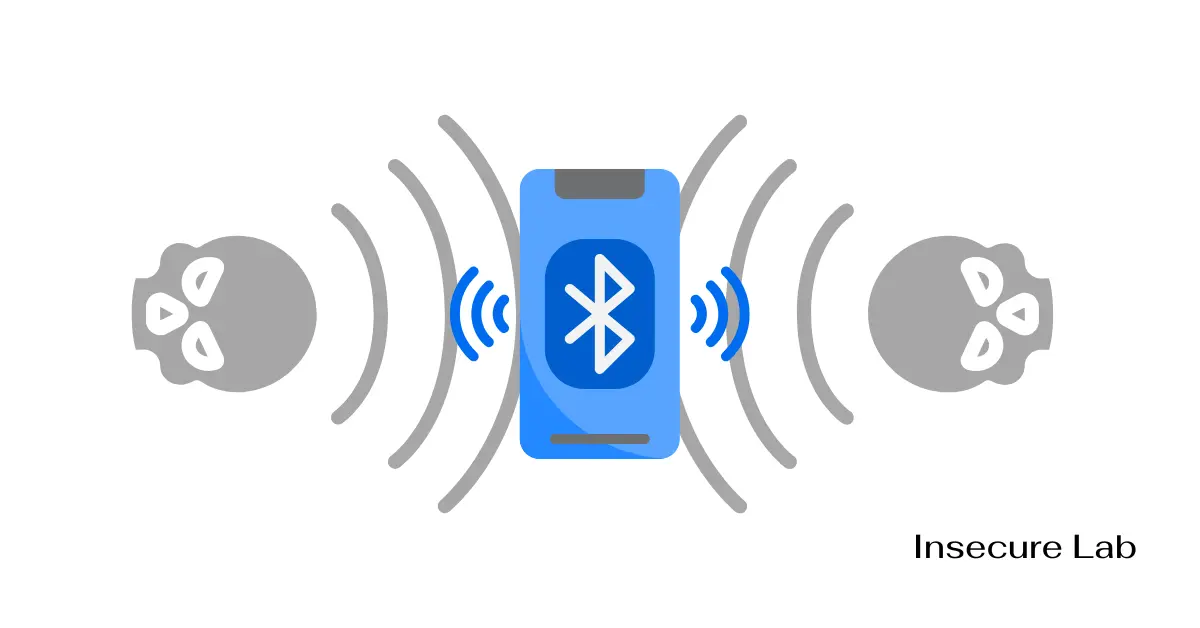Bluetooth, a wireless communication protocol, connects various devices and enables data exchange over short distances. As our dependency on Bluetooth continues to grow, so does the potential for hackers to exploit vulnerabilities. This comprehensive guide explains How to tell if your Bluetooth is Hacked?, as well as provides practical steps to protect yourself from Bluetooth hacks.
Understanding Bluetooth Hacking:
Bluetooth hacking involves unauthorized access to a device connected via Bluetooth, often with malicious intent. Hackers exploit vulnerabilities in Bluetooth protocols, weak security measures, and unsuspecting users to gain access to sensitive information or control over a device. Hacked Bluetooth connections can lead to identity theft, unauthorized access to personal data, remote control of devices, and even ransomware attacks.
How to Tell If Your Bluetooth Is Hacked?
You can tell if your Bluetooth has been hacked if you notice unexpected behavior like rapid battery drain, unauthorized pairing requests, or unusual device behavior.
Signs Your Bluetooth May Be Hacked:
- Sudden Battery Drain: If you notice that your device’s battery life is depleting faster than usual, it could be a sign of unauthorized access. Hackers may run processes in the background that consume battery power.
- Unusual Device Behavior: Devices that start behaving erratically, such as automatically turning on or off, changing settings without your input, or displaying strange pop-ups, might indicate a breach.
- Unexpected Pairing Requests: If you receive pairing requests from unknown devices, it’s possible that a hacker is attempting to gain access to your device.
- Data Transfers You Didn’t Initiate: Check your device’s activity logs for any unauthorized data transfers. Hackers might use your Bluetooth connection to transfer malicious files.
- Increased Data Usage: If you observe a sudden spike in your data usage, it could be due to a hacker using your Bluetooth connection to access the internet or transfer data.
- Frequent Disconnections: If your Bluetooth connection is dropping frequently, it could be a sign that someone is trying to interfere with your connection.
- Strange Notifications: Pay attention to unusual notifications or alerts that seem unrelated to your device’s usual operations. These could be indicators of a compromised connection.
Protecting Yourself from Bluetooth Hacking:
- Keep Software Updated: Regularly update your device’s operating system and applications. Manufacturers often release updates that include security patches to address vulnerabilities.
- Use Strong Passwords: Set strong and unique passwords for your Bluetooth-enabled devices. Avoid using default passwords, as hackers often exploit this weakness.
- Enable Two-Factor Authentication (2FA): Whenever possible, enable two-factor authentication for devices that support it. This adds an extra layer of security to prevent unauthorized access.
- Disable Bluetooth When Not in Use: Turn off Bluetooth when you’re not actively using it. This reduces the window of opportunity for hackers to target your device.
- Avoid Public Pairing: Refrain from pairing with unknown or public devices, as these can be potential gateways for hackers.
- Use Secure Connections: When pairing devices, opt for more secure connection methods like Bluetooth LE (Low Energy) with enhanced security features.
- Regularly Check Connected Devices: Periodically review the list of devices connected to your Bluetooth. Disconnect any devices you no longer use or recognize.
- Be Wary of Unknown Requests: If you receive unexpected pairing or connection requests, decline them unless you are certain of their legitimacy.
- Physical Security: Be cautious of your surroundings. Avoid using Bluetooth in crowded or unfamiliar places where hackers might exploit the short range of Bluetooth connections.
- Install Security Software: Consider installing security apps that can scan for potential threats, monitor Bluetooth connections, and alert you to any suspicious activity.
- Backup Your Data: Regularly back up your device’s data to a secure location. In case of a hack, you can restore your data without compromising your personal information.
Conclusion:
Bluetooth technology has undoubtedly simplified our lives, but it’s crucial to be aware of the potential security risks that come with it. Identifying signs of a hacked Bluetooth connection and implementing preventive measures can safeguard your personal information, devices, and digital privacy.
Regular vigilance, staying informed about security best practices, and following the steps outlined in this guide can help you maintain control over your Bluetooth-connected devices and keep hackers at bay. Remember, in the digital age, proactive measures are the key to ensuring a safe and secure technological experience.

